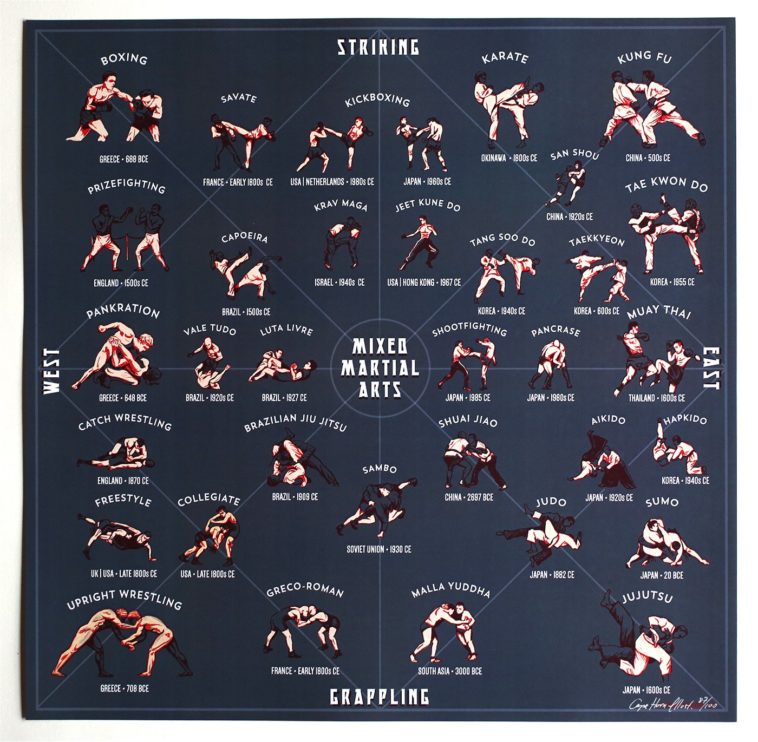Breaking Down Belt Degrees In Taekwondo: What You Required To Know
Breaking Down Belt Degrees In Taekwondo: What You Required To Know
Blog Article
https://jaspergvdmv.blogsidea.com/39626413/exactly-how-taekwondo-can-transform-your-physical-fitness-trip-unleash-your-possibility-dropped-extra-pounds-and-boost-your-confidence-with-this-dynamic-martial-art By-Reynolds Malone
Did you know that there are a total amount of ten belt levels in Taekwondo? From the beginner's white belt to the distinguished black belt, each degree stands for a turning point in your trip to mastery.
However what do these belt degrees really mean? Just how do you progress with them?
In this conversation, we will break down the belt levels in Taekwondo, discover their value, and uncover what it requires to climb with the ranks.
So, if you're curious to recognize the ins and outs of Taekwondo's belt system and what it indicates for your training, stay tuned.
The Purpose of Belt Levels
The purpose of belt levels in Taekwondo is to provide a clear and structured development system for you to track your development and skill degree. As https://www.danapointtimes.com/local-jiu-jitsu-studio-to-host-womens-self-defense-class/ start your Taekwondo journey, you start with a white belt, signifying your newbie condition. With each belt promo, you gain brand-new knowledge, methods, and responsibilities.
The belt degrees serve as landmarks, mirroring your devotion, commitment, and growth in the fighting style. They offer a feeling of achievement and motivation to keep pressing yourself to enhance. Furthermore, belt levels aid teachers and peers review your capacities and offer ideal assistance and training.
Belt Colors and Their Meanings
As you advance via the belt degrees in Taekwondo, each color represents a particular meaning and indicates your growth in the martial art.
The white belt, which is the beginning point for all beginners, signifies pureness and innocence.
As you go on to the yellow belt, it indicates the earth from which a plant sprouts and settles.
The green belt represents growth and the growth of your skills.
Heaven belt signifies the sky, where your potential as a Taekwondo expert is endless.
The red belt represents danger and care, advising you to use your abilities sensibly.
Lastly, the black belt stands for mastery and proficiency, indicating your trip towards ending up being a true Taekwondo master.
Each belt shade holds its own distinct significance, reflecting your development and dedication in this old fighting style.
Advancing With the Belt Degrees
To progress with the belt levels in Taekwondo, you have to regularly show your skills and commitment. Right here's what you need to understand about advancing in this martial art:
1. ** Practice Makes Perfect **: Routine training sessions are essential to boost your technique and master the needed types. Repeating sharpens your skills, permitting you to do with accuracy and speed.
2. ** Pushing Your Limits **: Progressing via the belt levels needs pressing on your own beyond your comfort area. angel garcia kajukenbo 'll be challenged physically and mentally, however it's through these challenges that you expand and boost.
3. ** Examining Your Knowledge **: Belt tests review your understanding of Taekwondo principles, consisting of sparring, self-defense, and breaking methods. These tests guarantee you have a detailed grasp of the art and prepare to proceed to the next level.
Final thought
As you embark on your trip through the belt degrees in Taekwondo, bear in mind that each shade holds a much deeper meaning beyond its surface area look.
Get Source to the vivid tones of the belts, your development represents development, self-control, and willpower.
As you advance, each belt comes to be an icon of your dedication and proficiency of the art.
Welcome the obstacle, press your limits, and allow the significance of your belt levels influence you to become the best variation of on your own both on and off the floor covering.
